What a week it has been! Just back from a 4-day professional development voyage on the BIOS research ship, Atlantic Explorer, and feel even more energised and inspired to start teaching the Oceanography course in September. This past December I was finally given the SGY2 (grade 12) course to make my own, with the instruction to make it more relevant and inquiry-based. This trip followed hot on the heels of receiving the news that my REMUS project proposal to have the students assist in the mapping of the temperature and salinity changes due to the reverse osmosis plant at Tyne's Bay had been approved. The cruise (as they are called) was scheduled to do research on zooplankton and my berth was arranged by BIOS's marine science education coordinator Kaitlin Noyes as there was a space for a second observer aboard. The other observer, Marcus, was a student from another school on the island who has been studying and volunteering at BIOS and is trying to decide on what to study at college.
While I have spent time on research ships in my career as an oceanographer, I had never been on a ship studying either biology or chemistry. Both cruises were solely physics, involving mooring work and CTD sections. So it was both useful and fascinating to see the other aspects of marine science being brought out of a textbook and into reality.
The project was to investigate how and why zooplankton migrate vertically from 150 m to 450 m on a daily (diurnal) basis.
Firstly what are zooplankton?! The ocean is teeming with life, from the smallest of algae to huge great whales. Some of these organisms can swim, e.g. fish and sharks, others just drift with the wind and currents. These drifters are called plankton. If they are plants they are called PHYTOPLANKTON, and if they are animals they are called ZOOPLANKTON. As on land, the base of the food chain are plants as they can use the sun's light energy to convert water and carbon dioxide into food and oxygen. These plants can range in size from single celled algae to phytoplankton and up to seaweed - and we saw a lot of sargassum on this trip. The zooplankton eat the phytoplankton. Fish etc eat the zooplankton and the phytoplankton. The zooplankton (critters) are a wide ranging bunch of funny looking things. Some that we collected would just whoosh around in distracting circles. Others were really hard to see. But it is their overall behaviour that is odd. During the day - shortly after dawn - they swim down to the depth of approx 450 m, where there is no light and little or nothing to eat. At dusk, they swim back up to the 'shallower' depth of 150 m. Given that these things are tiny - usually less than a few millimeters long - this seems like an epic amount of work!
The project was to investigate how and why zooplankton migrate vertically from 150 m to 450 m on a daily (diurnal) basis.
Firstly what are zooplankton?! The ocean is teeming with life, from the smallest of algae to huge great whales. Some of these organisms can swim, e.g. fish and sharks, others just drift with the wind and currents. These drifters are called plankton. If they are plants they are called PHYTOPLANKTON, and if they are animals they are called ZOOPLANKTON. As on land, the base of the food chain are plants as they can use the sun's light energy to convert water and carbon dioxide into food and oxygen. These plants can range in size from single celled algae to phytoplankton and up to seaweed - and we saw a lot of sargassum on this trip. The zooplankton eat the phytoplankton. Fish etc eat the zooplankton and the phytoplankton. The zooplankton (critters) are a wide ranging bunch of funny looking things. Some that we collected would just whoosh around in distracting circles. Others were really hard to see. But it is their overall behaviour that is odd. During the day - shortly after dawn - they swim down to the depth of approx 450 m, where there is no light and little or nothing to eat. At dusk, they swim back up to the 'shallower' depth of 150 m. Given that these things are tiny - usually less than a few millimeters long - this seems like an epic amount of work!
Why on Earth are these little obscure sea creatures worth studying? Well, it turns out to a major part of the global carbon cycle. Zooplankton feed at shallow depths and when they descend they defecate (poop). This effectively forms part of an active transportation of organic carbon from the surface to the deep ocean. The ocean absorbs carbon dioxide at a slighter greater rate than first thought. According to some estimates the daily migration of zooplankton contributes between 15 and 40% of the global carbon sequestration! In terms of biomass it is the single largest mass migration on the planet. Theories as to why they migrate up and down include:
There were a number of experiments that were carried out aboard the ship over the four days of the cruise.
Respiration
A certain species of zooplankton, called copepods, were captured in a huge net called a 'MOCNESS' that was trawled over the stern at different depths. Records were made of which depths resulted in the greatest numbers of zooplankton. Some of these copepods were then put into tubes that contained highly filtered seawater and then placed in a sophisticated water bath to control the temperature. One tube was left without a copepod as a control. Over time the percentage of dissolved oxygen in the tubes decreased due to the respiration of the copepod. Over the three days of the experiment, the copepods did not slow their rate of respiration at all. This may have an effect on the circadian rhythm theory.
- staying in the dark to avoid predators during the day
- rising up to feed as a greater density of phytoplankton and algae at 150 m.
- a circadian rhythm
There were a number of experiments that were carried out aboard the ship over the four days of the cruise.
Respiration
A certain species of zooplankton, called copepods, were captured in a huge net called a 'MOCNESS' that was trawled over the stern at different depths. Records were made of which depths resulted in the greatest numbers of zooplankton. Some of these copepods were then put into tubes that contained highly filtered seawater and then placed in a sophisticated water bath to control the temperature. One tube was left without a copepod as a control. Over time the percentage of dissolved oxygen in the tubes decreased due to the respiration of the copepod. Over the three days of the experiment, the copepods did not slow their rate of respiration at all. This may have an effect on the circadian rhythm theory.
Poop
The hilariously named zoop-poop experiment was to try to determine when the copepods defecate and how much. They produce poop pellets. Do they only do it at depth or in the dark, or do they continuously poop? Copepods were collected as before and placed in containers of finely filtered water (to 0.2 microns). They were placed in controlled conditions and after a period of time the water run through a filter and the mass of poop measured.
The hilariously named zoop-poop experiment was to try to determine when the copepods defecate and how much. They produce poop pellets. Do they only do it at depth or in the dark, or do they continuously poop? Copepods were collected as before and placed in containers of finely filtered water (to 0.2 microns). They were placed in controlled conditions and after a period of time the water run through a filter and the mass of poop measured.
DNA and RNA extraction
A large number of copepods from different depths were collected and frozen in liquid nitrogen for genetic analysis back at the University of Washington.
Urea and Ammonia Sampling
Samples of water at different depths were collected for future measurements in the lab of the concentrations of urea and ammonia - nitrogen compounds as the bacteria that surround the zooplankton are a major part of the nitrogen cycle, where nitrogen is fixed into nitrates.
Isotope Analysis
Other samples of seawater were collected and stored for processing through a mass spectrometer ashore to determine the relative abundance of the stable isotopes of carbon and nitrogen - again as part of the ongoing investigation into the carbon and nitrogen fixation.
A large number of copepods from different depths were collected and frozen in liquid nitrogen for genetic analysis back at the University of Washington.
Urea and Ammonia Sampling
Samples of water at different depths were collected for future measurements in the lab of the concentrations of urea and ammonia - nitrogen compounds as the bacteria that surround the zooplankton are a major part of the nitrogen cycle, where nitrogen is fixed into nitrates.
Isotope Analysis
Other samples of seawater were collected and stored for processing through a mass spectrometer ashore to determine the relative abundance of the stable isotopes of carbon and nitrogen - again as part of the ongoing investigation into the carbon and nitrogen fixation.
Routine Data Collection
Every ship that goes out always uses some of its time for the routine measurements of temperature, salinity, fluorescence, dissolved carbon dioxide and oxygen and bacteria. Fluorescence gives an indication of the amount of chlorophyll in the water column, although it can be inaccurate really close to the surface as the sunlight can bleach it out. This can be directly useful as it helps to decide on the depths to deploy the MOCNESS.
Every ship that goes out always uses some of its time for the routine measurements of temperature, salinity, fluorescence, dissolved carbon dioxide and oxygen and bacteria. Fluorescence gives an indication of the amount of chlorophyll in the water column, although it can be inaccurate really close to the surface as the sunlight can bleach it out. This can be directly useful as it helps to decide on the depths to deploy the MOCNESS.
Over the four days I helped with the data collection and prepping some samples for further tests and worked a great deal on putting together material next year's oceanography course. Probably one of the happiest, most satisfying and constructive professional development time that I have ever done. A big thank you to Kaitlin for organising it, to the 'zoopgroup' for putting up with my constant questioning, the crew of the Atlantic Explorer who were more than happy to entertain having a sailor on their bridge and, finally, my head of school for allowing me time off to undertake the cruise.
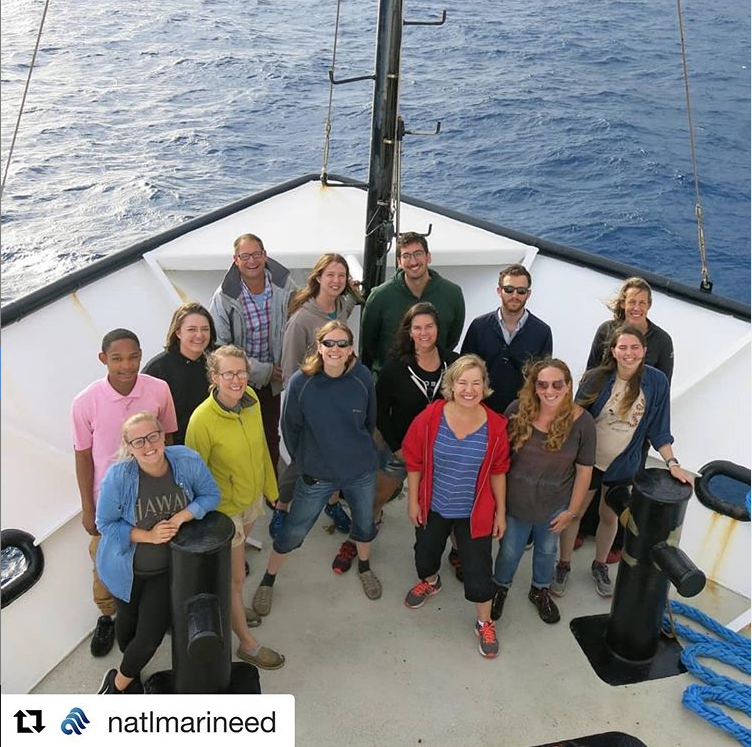
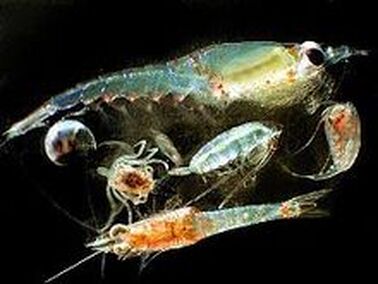
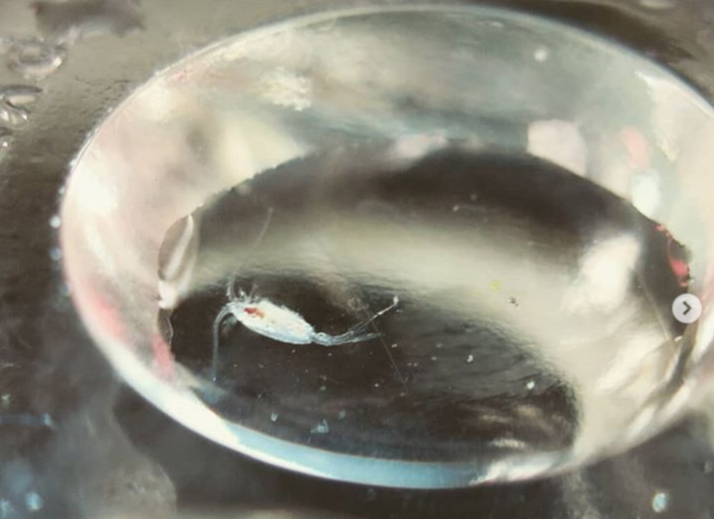
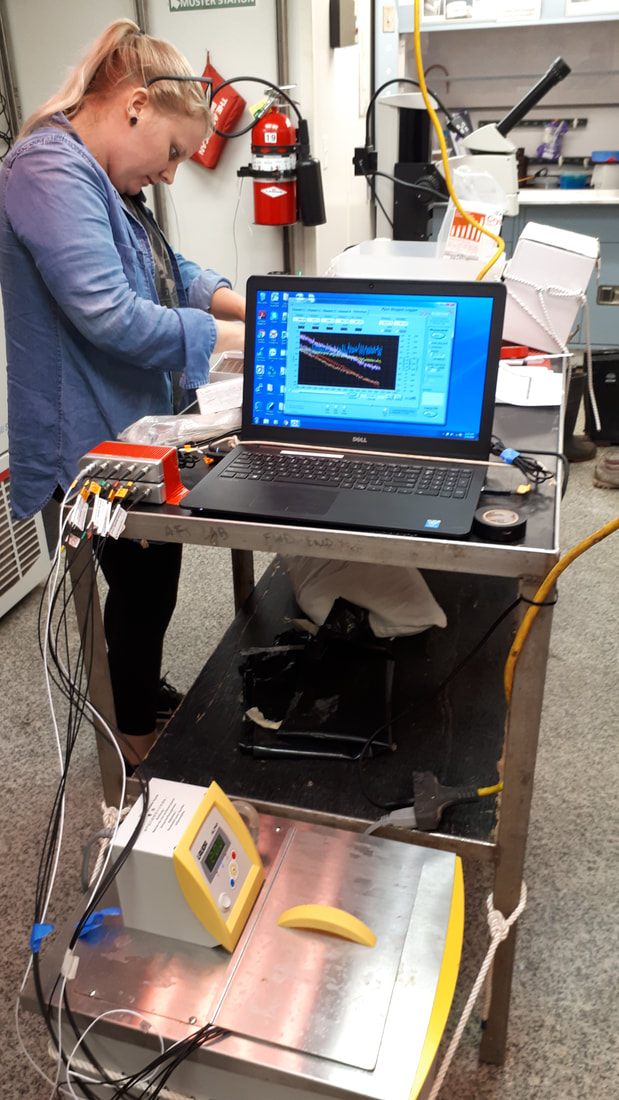
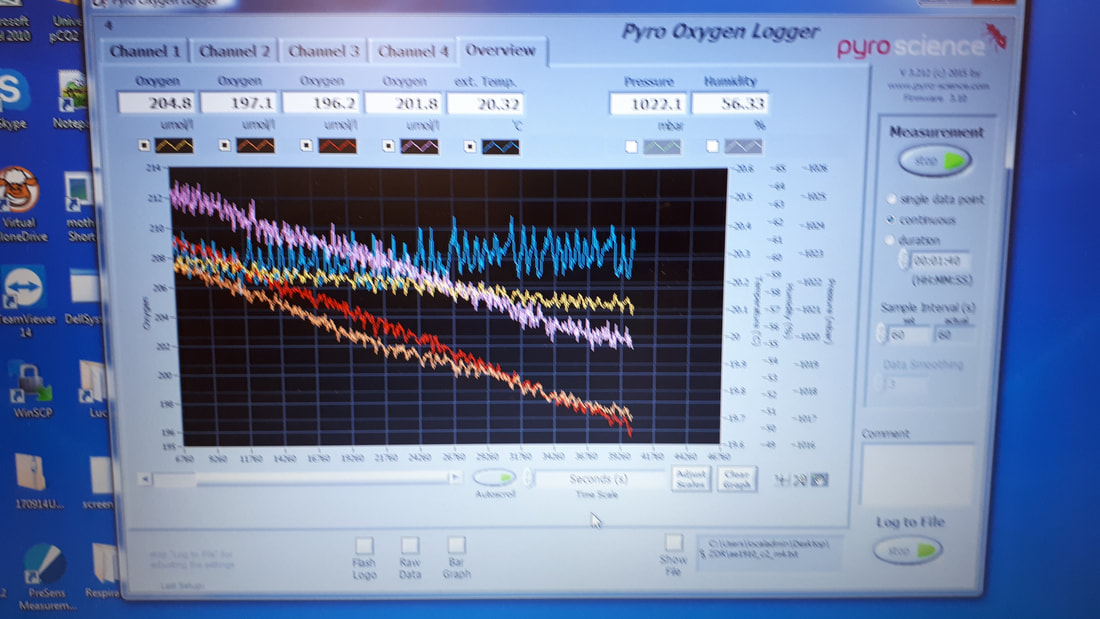
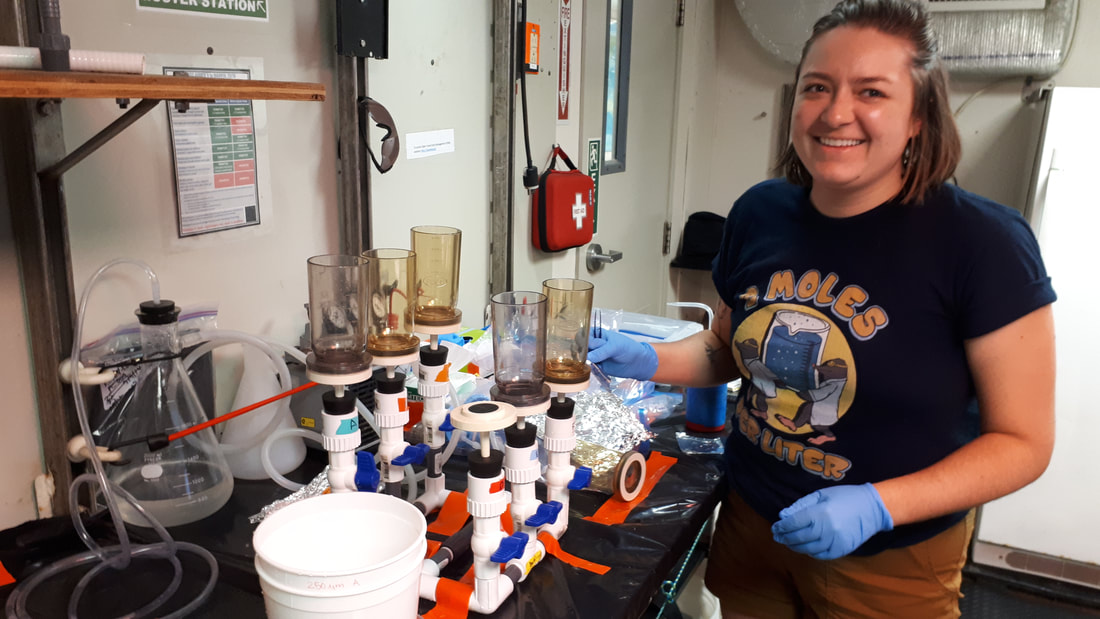
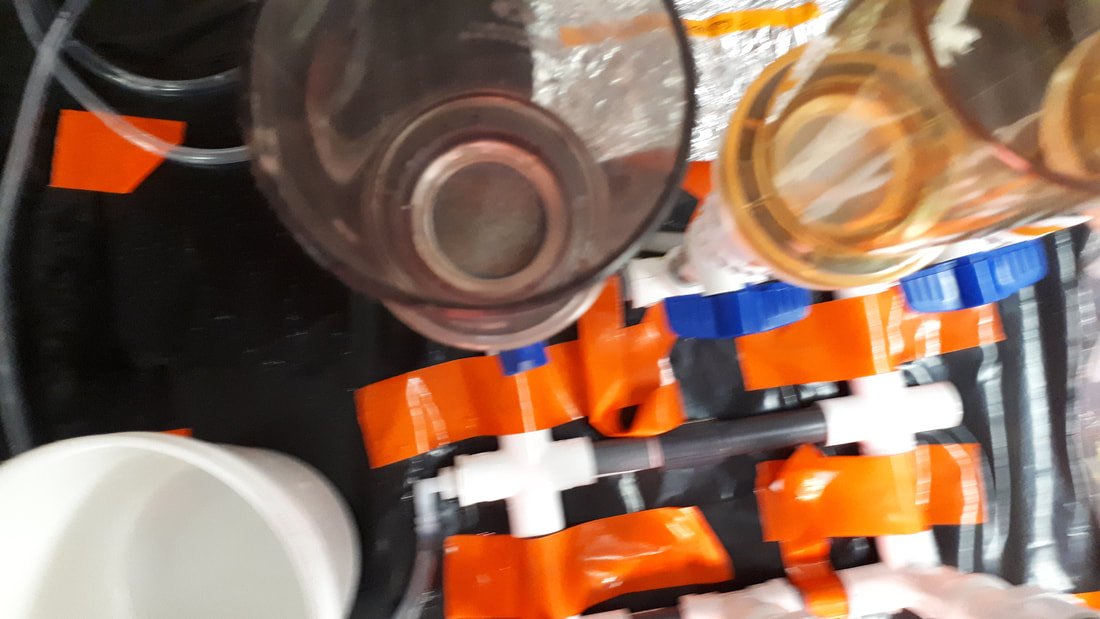
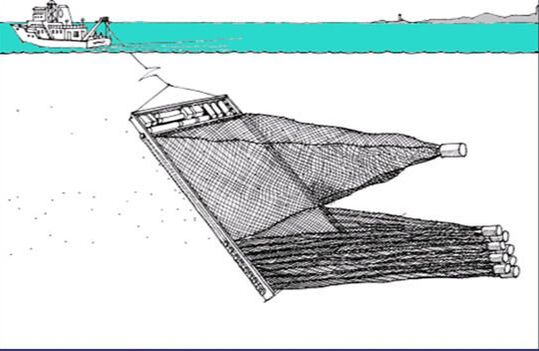
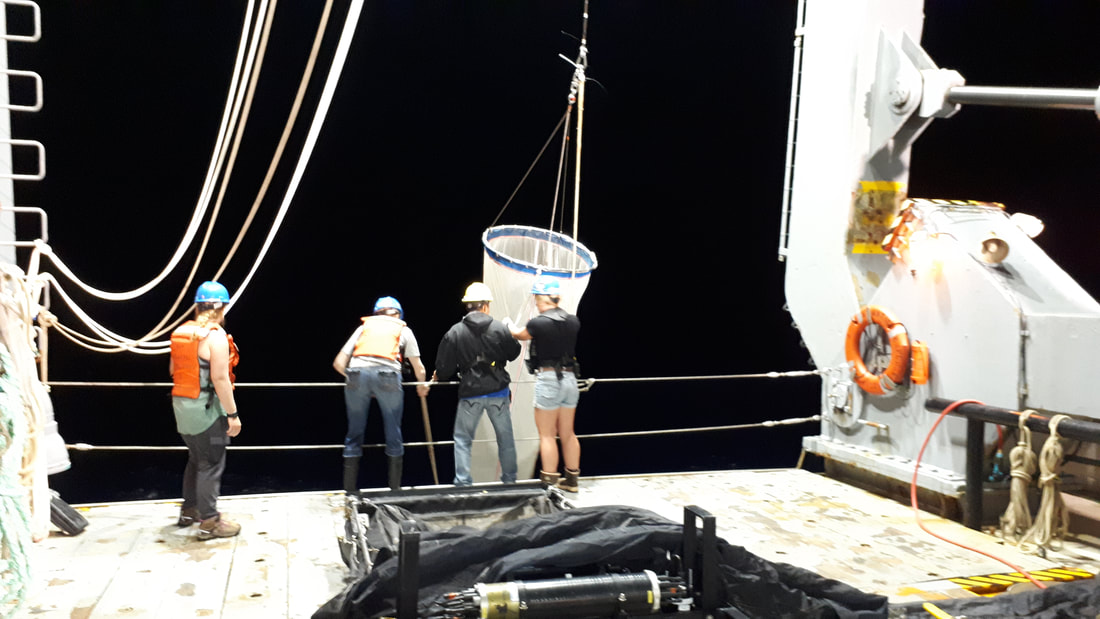
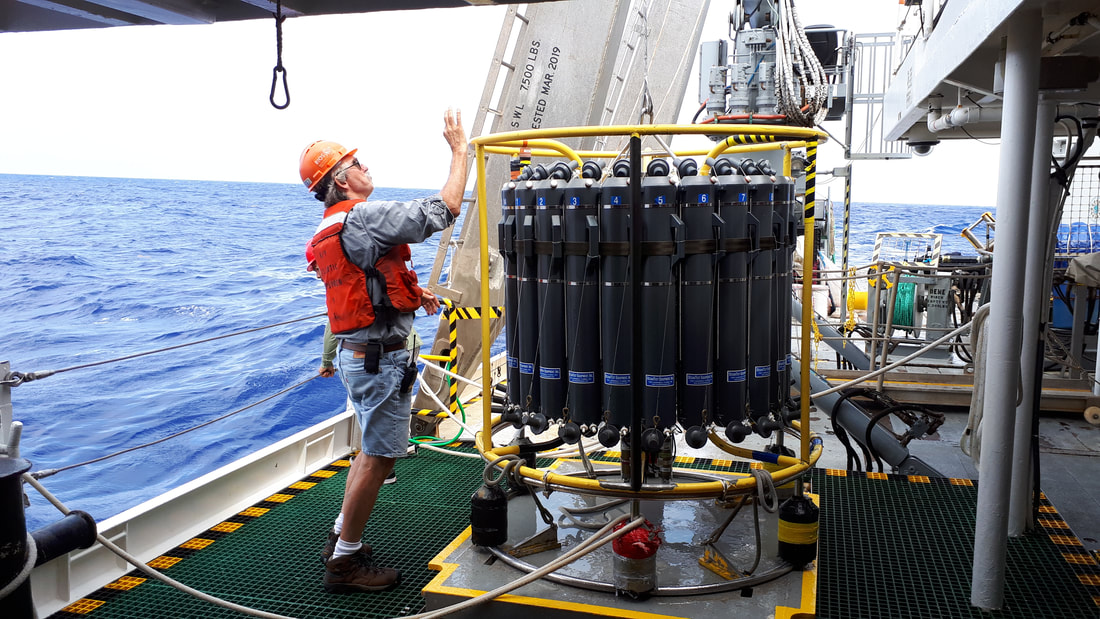
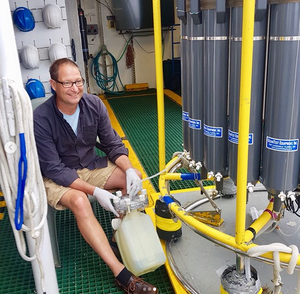
 RSS Feed
RSS Feed